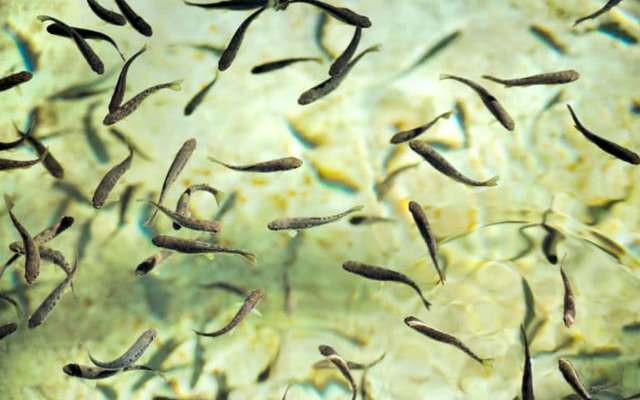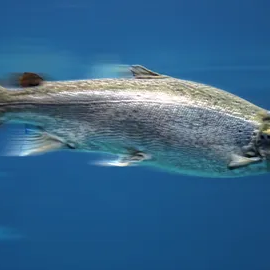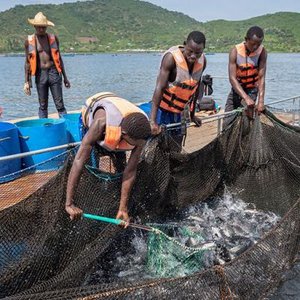Best Aquaculture Practices (BAP) Hatchery Standard Issue 2.0 is now available for public comment. The 60-day public comment period ends on November 8.
Issue 2.0 will replace Issue 1.0, which was initially adopted in September 2014. The standard applies to all aquaculture hatchery and nursery facilities for finfish, crustaceans and mollusks that produce eggs and/or juvenile aquatic animals for live transfer to other aquaculture facilities and to all species covered by any BAP farm standards. Production facilities can be ponds or tanks on land with directed inflows and outflows of water, trays located intertidally on the foreshore, or rafts or net pens floating in a body of water.
A number of new requirements have been added to the standards, including:
- Hatcheries are now required to conduct a risk assessment of potential human food safety risks associated with their operations.
- The worker safety and employee relations requirements have been updated, including requirements for wages and benefits, working hours including overtime, voluntary labor, child labor and young workers, use of workers from recruitment agencies, discrimination, disciplinary procedures, worker voice, and worker health and safety.
- The effluent monitoring parameters and limits for land-based systems have been updated and include unique parameters and limits for recirculating aquaculture systems (RAS).
- The water quality monitoring requirements for cages or net pens in fresh or brackish water have been revised, consistent with the approach adopted in the BAP Farm Standard Issue 3.0.
- The BAP Fish In Fish Out (FIFO) limits for hatcheries using over 50 mt of dry feed per year have been revised, and a requirement to calculate the Forage Fish Dependency Ratio (FFDR) has been added.
To comment on BAP Hatchery Standard Issue 2.0, review the standard and fill out and submit the public comment form to dan.lee@globalseafood.org or to david.yunker@globalseafood.org. All interested stakeholders are encouraged to comment, and all properly submitted comments will be acknowledged.













